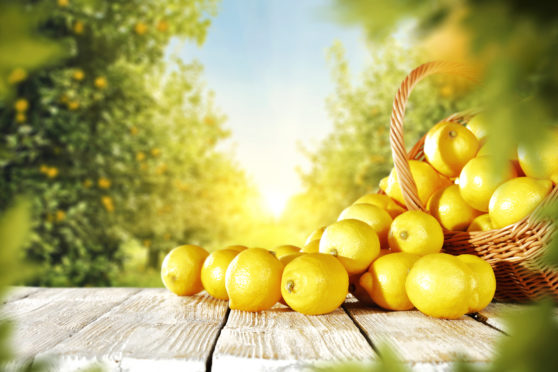
From chips and coffee to pasta and pizza, we enjoy all manner of different dishes – but have you ever thought about what’s in our food? George Zaidan, author of Ingredients, shares with Alice Hinds the Honest Truth and fascinating science behind chemicals in our cooking.
What is the strangest ingredient you have discovered in an everyday food item?
That would have to be cochineal extract, also known as “ground up bugs”. These bugs produce a brilliant red that’s used as a food colouring (after filtering out the bug parts) and as it comes from bugs, it’s 100% natural!
Has your search put you off eating processed foods?
No, not at all. The latest available research suggests that eating 10% more processed food is associated with about a one-year decrease in life expectancy, but there are two important caveats. First, many scientists I interviewed are extremely sceptical of the validity of this result; and second, even those who are not sceptical admit that we don’t know whether processed food is causing the decreased life expectancy.
When I first started my research, I didn’t know how to evaluate scientific studies like this, but now I do – and I hope to give my readers the tools they need to do the same.
Are there really more than 950 different chemicals in coffee beans?
There are likely many more as scientists have only identified 950 so far! Coffee beans are living beings – they’re made up of cells, each of which is chock-full of proteins, DNA, and lots of other chemicals the cell uses to live.
When the beans are roasted, even more chemicals are produced. We forget that plants, the basis of many traditionally processed foods like coffee, pickles and jam are living beings, so full of biochemistry.
If there is cyanide in apple seeds, why does eating them not make us sick?
Apple seeds contain chemicals that, when broken down, produce cyanide, but not nearly enough to make you sick. Cyanide is actually a widespread plant defence strategy – more than 2,000 species of plant produce it.
Some varieties of cassava contain enough cyanide to kill an adult. As chemists say… the dose makes the poison!
Sugar, or glucose, is naturally produced by plants. So, why is too much sugar so bad for us?
We tend to assume that if something is made by a plant, it can’t be bad, or that if something is natural, it must be healthy. Nothing could be further from the truth! The most lethal poison we know, botulism toxin, is completely natural.
Indeed, eating too much of anything, natural or processed, is probably not a good idea. But“too much” can be different from one food to the next, and sometimes that threshold can be fuzzy or completely unknown.
Will we ever decide whether coffee is bad for us?
We’ll be arguing over the risks and benefits of coffee for years. But, I’ll be drinking it every day.
Who is James Lind, and why is he so important for our initial understanding of nutrition?
James Lind was a Scottish doctor who performed an early controlled trial. Trying to find a cure for scurvy, he split patients into groups and tested a different treatment on each group.
Most nutrition research on foods and disease is done via surveys, not controlled trials. It’s a hotly-debated point, and at the heart of whether you should take nutrition headlines seriously.
The most unpronounceable ingredient you’ve ever found listed on a packet?
1-alpha-D-glucopyranosyl-2-beta-D-fructofuranoside.
That’s cheating a bit, though, as this name would never actually appear on a packet. The chemical would be identified by its common name – sugar!
Most chemicals have multiple names, each more complicated than the next. The important thing about a chemical is not whether the name is pronounceable, but how good or bad it is for you. And you can’t tell just by trying to pronounce it.
Ingredients, by George Zaidan, published by Duckworth, is out now.

Enjoy the convenience of having The Sunday Post delivered as a digital ePaper straight to your smartphone, tablet or computer.
Subscribe for only £5.49 a month and enjoy all the benefits of the printed paper as a digital replica.
Subscribe